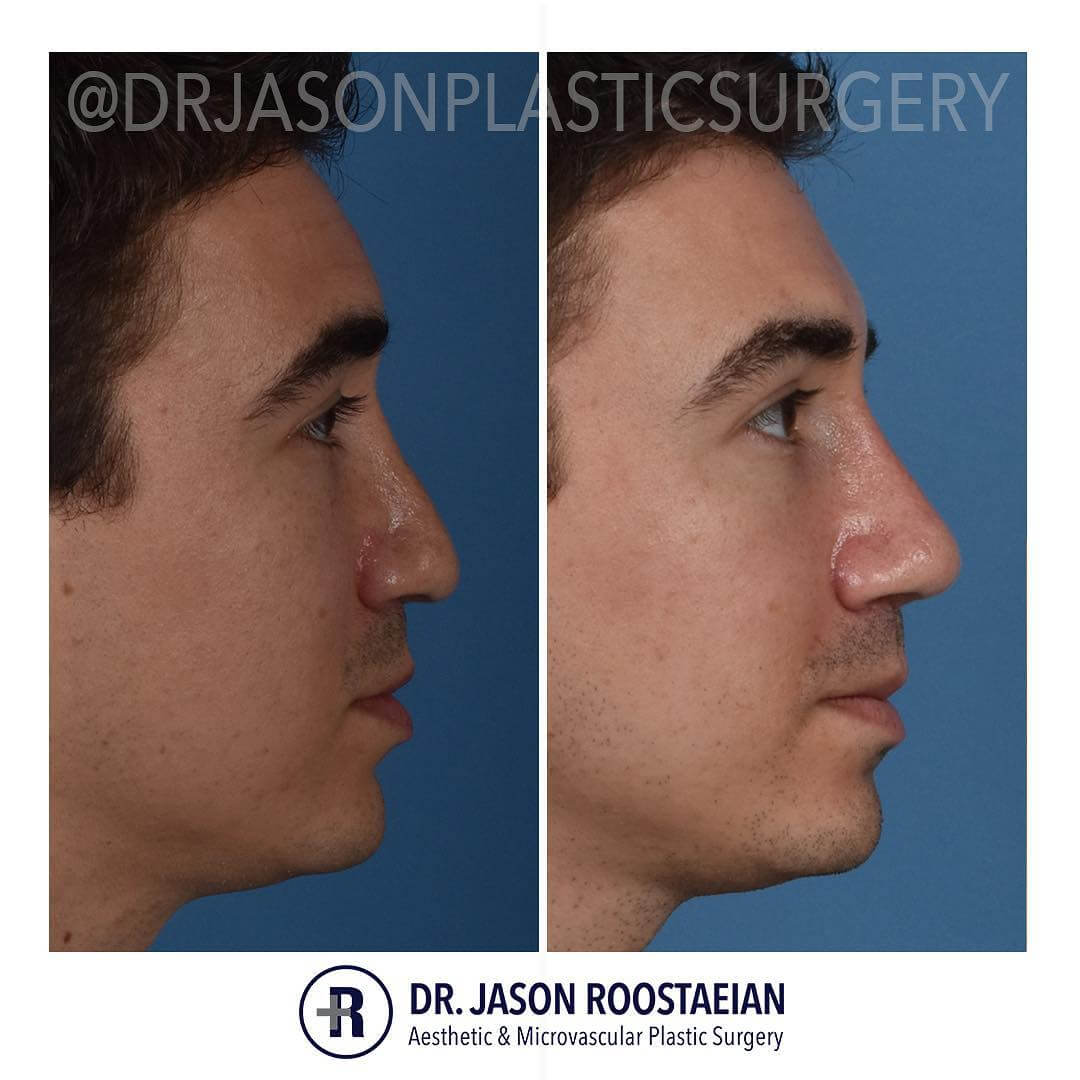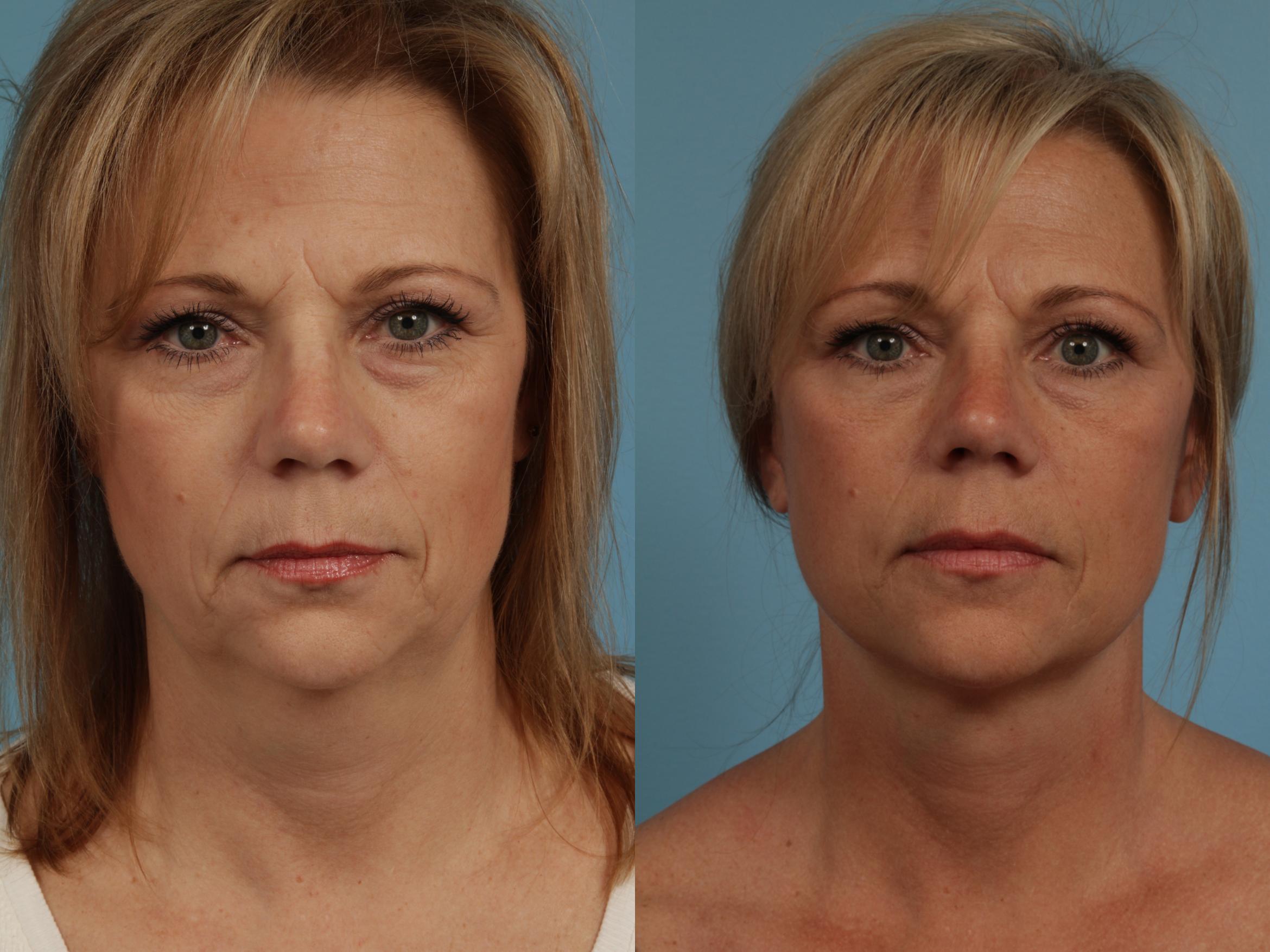
If you have been experiencing the symptoms of chalazion, you may want to consult your eye doctor. By taking a complete history about your health, your doctor can diagnose if you have this problem. The doctor will also inspect the eyelashes' texture, oil gland margins, and openings. Most chalazions heal quickly and without any medical treatment once they are diagnosed.
The symptoms
A chalazion can be described as a lump in the eyelid. It grows slowly but can grow larger and can cause severe pain. Although it rarely hurts, it may cause irritated eyes and eyelid inflammation. The diagnosis can be made by your health care provider by looking at the eyelid and feeling it. If the symptoms persist, you may need a doctor. Fortunately, there is not much to worry about with chalazion.
While chalazion is not contagious, it's important to follow proper hygiene procedures to reduce your risk. After handling your eyes you should wash your hands thoroughly. Additionally, ensure your contacts and glasses remain clean. Also, you should follow your doctor's instructions for wearing contact lenses. Other conditions such as stye can also cause chalazion, but it's not contagious. If you are still experiencing symptoms, your doctor will be able to prescribe anti-bacterial medication.

Diagnosis
A doctor can diagnose Chalazion by performing a physical exam. The doctor will perform a physical examination to determine if chalazion has occurred. This includes checking the vision and eyelids, as well as the skin and eyelashes. The doctor may diagnose inflammation or infection if the bump is painful or large. The eye specialist may perform a blood exam to rule out other underlying diseases. There may be blurred vision. A medical professional may also refer a patient to a ophthalmologist if the condition persists or becomes recurrent.
The diagnosis of Chalazion usually involves a clinical examination. The diagnosis of chalazion is made by taking detailed notes and performing an examination to determine if it is benign or cancerous. The majority of cases do not require any further workup. If an alternative diagnosis is made, a biopsy may only be necessary. In most cases, a chalazion is benign and can be managed without further tests. However, chalazion should not recur and be treated for any underlying malignancy.
Treatment
Treatment for chalazion will depend on the severity of your condition. There are some people who may feel pain, irritation and swelling in their eyes. Chalazion usually resolves on its own within a few hours. In severe cases, treatment may include antibiotic eye drops or surgery to remove the affected gland. Steroid injections might also be administered, but these can cause permanent skin darkening.
Although chalazion can't be contagious it is best to avoid touching the eyelids until it clears. If the swelling persists, your eye specialist might recommend injecting steroids to reduce it. Additional to the medications, patients may be asked not to touch their eyes or wash their hands after removing them. Contact lenses should not be touched without disinfectant.

Recurrences
A chalazion (or benign bump) is a condition that occurs on the eyelid. While it's not painful, it can cause discomfort. It is possible to seek medical attention only if the condition continues to worsen. Recurrences of the condition are common, particularly in those who have a family history. But what can you do if you keep experiencing these bumps? For more information about this condition, read on.
Treatment is effective in most cases. Some cases of chalazion may recur but most do not. Recurrences can be caused by many factors. Recurrences can be caused by underlying medical conditions. If you suspect an issue, a biopsy is a good option. A biopsy can also be used to rule out other serious conditions. However, it may be a risk factor in recurrent chalazion.